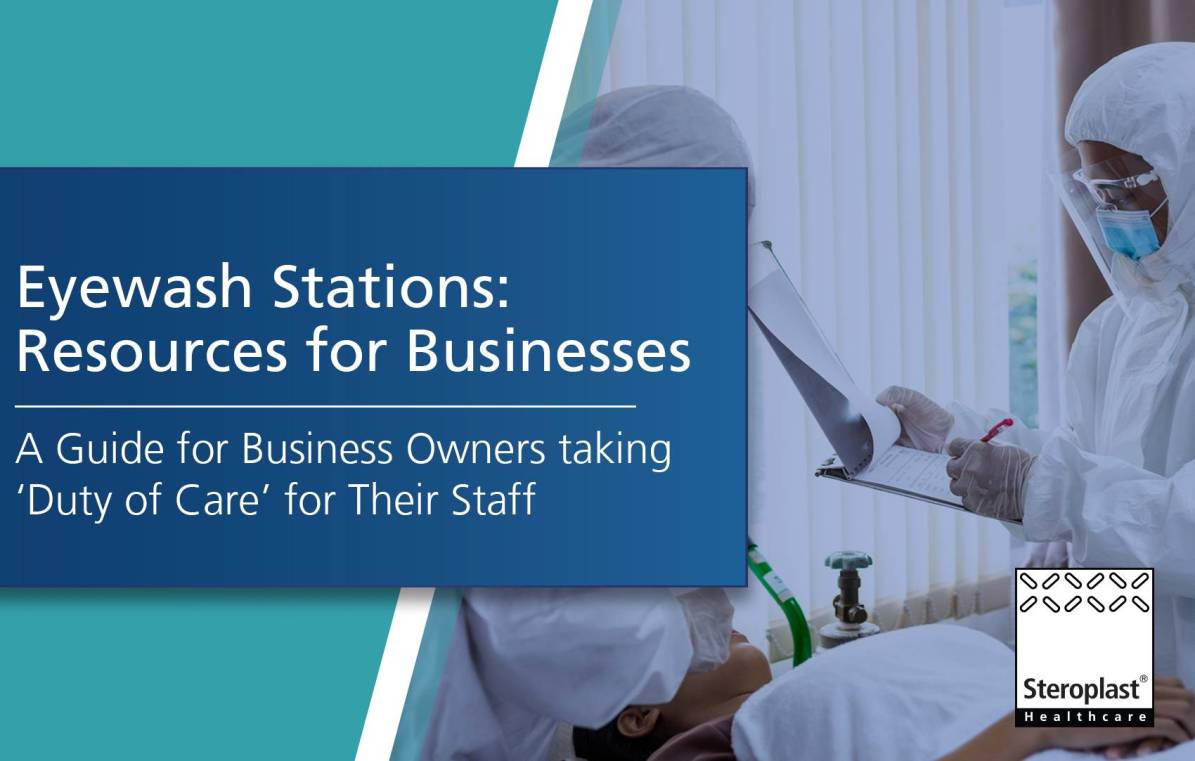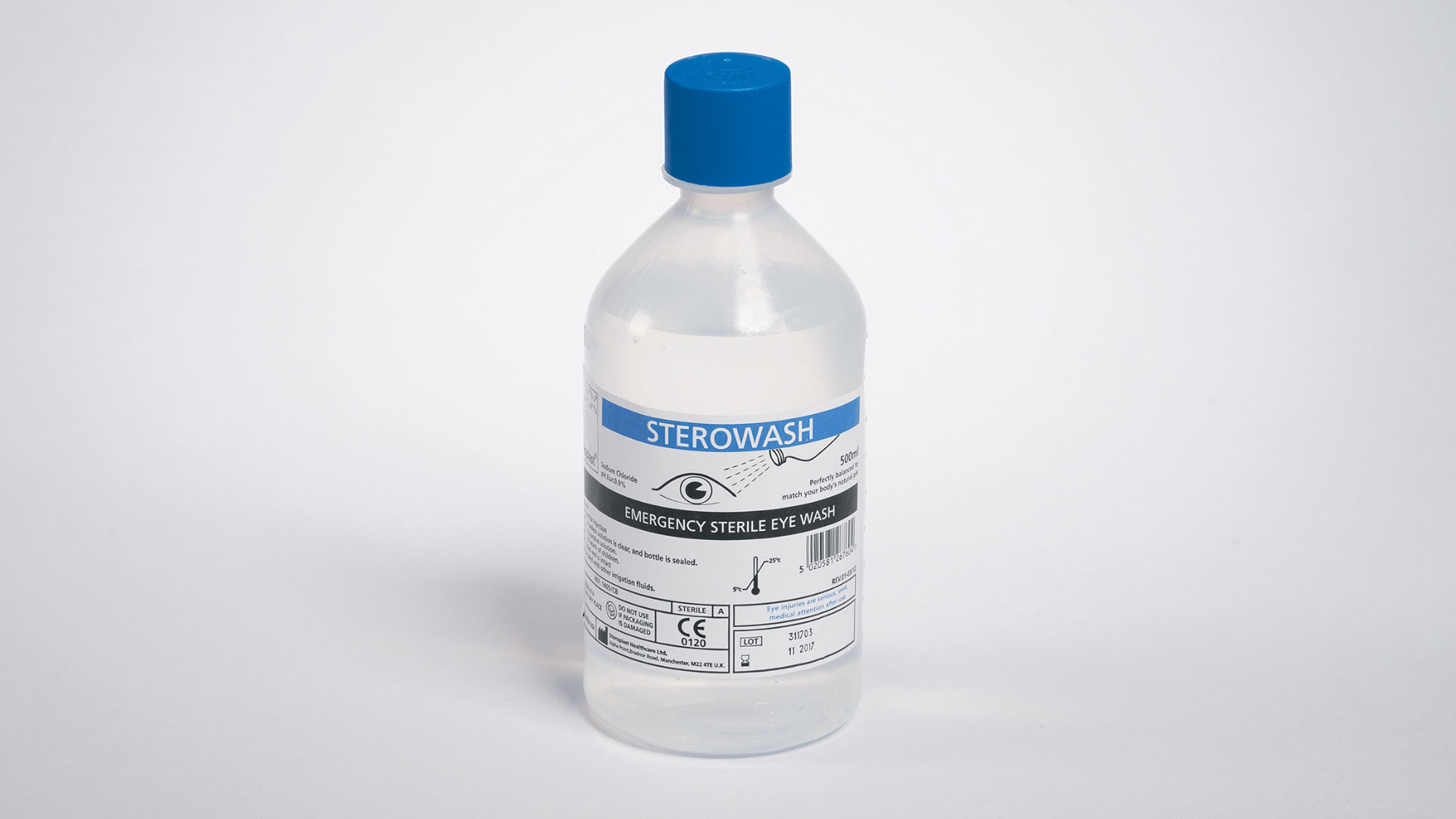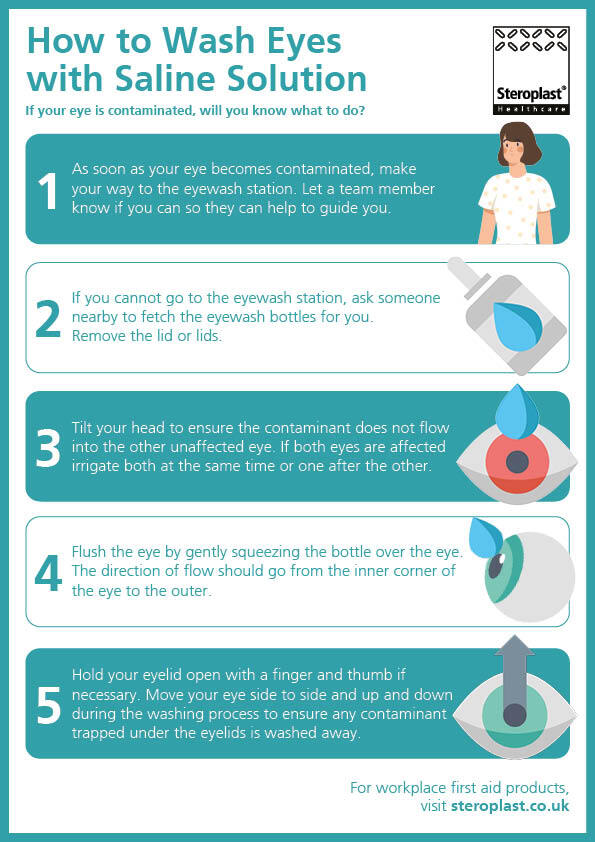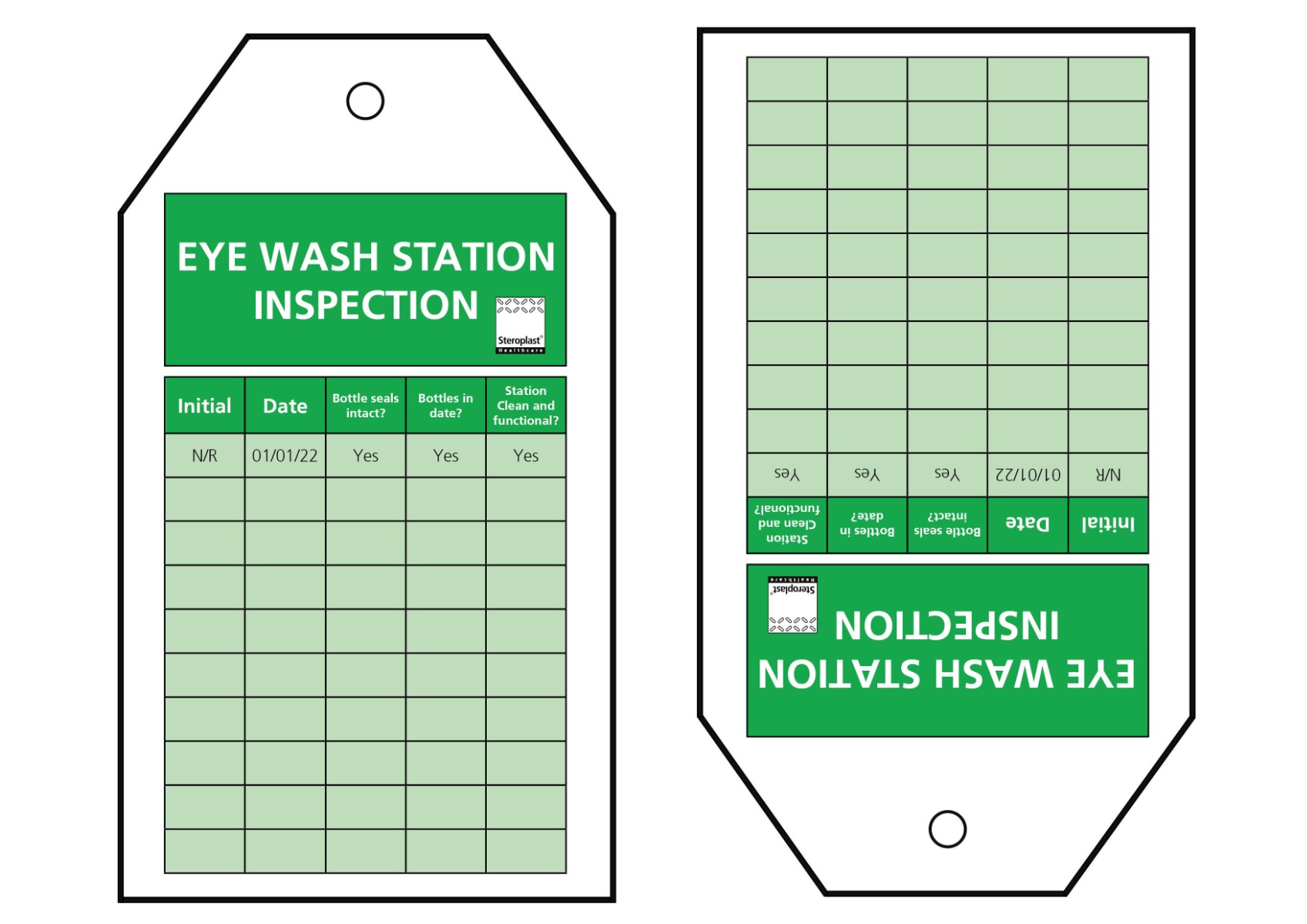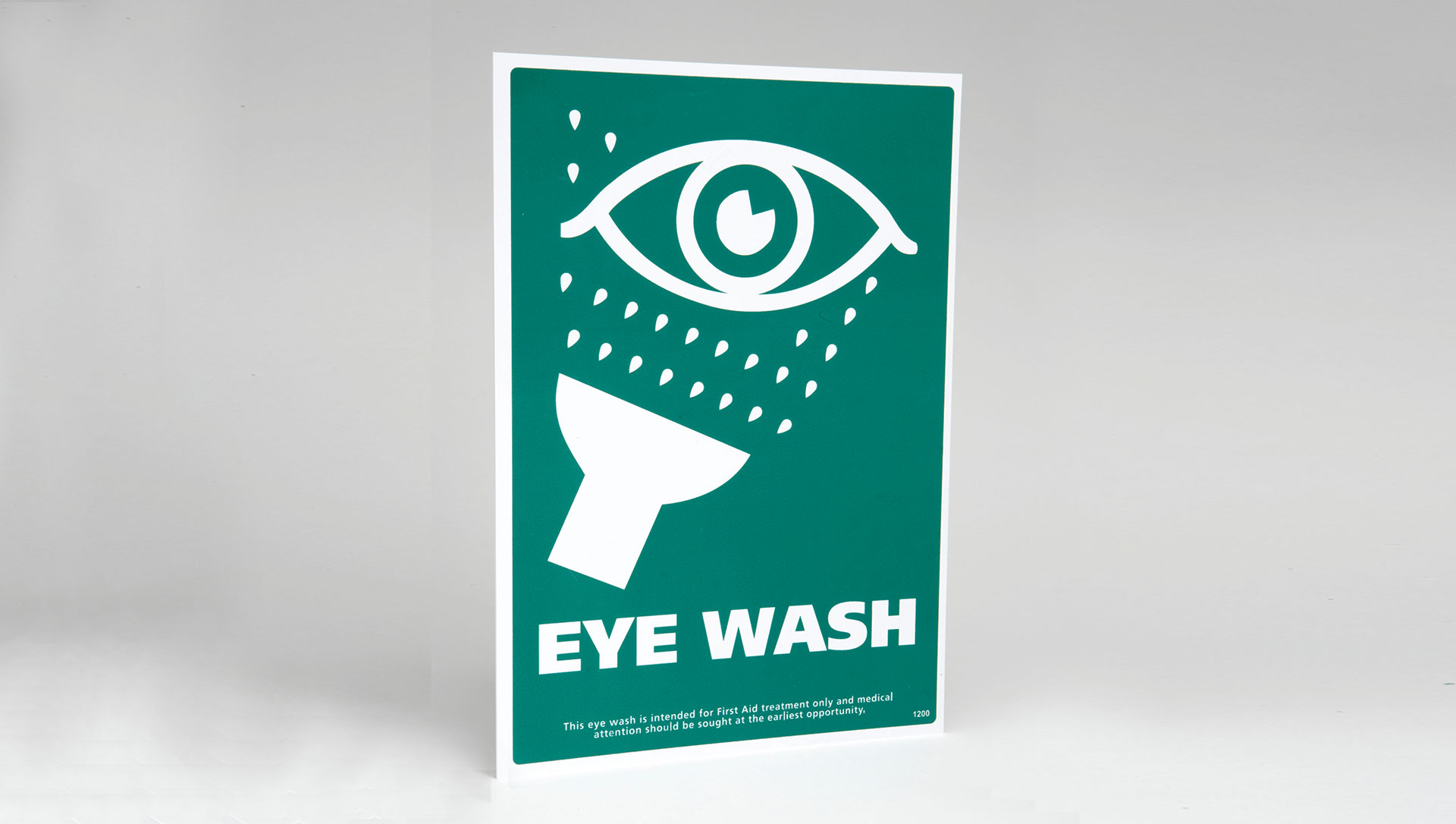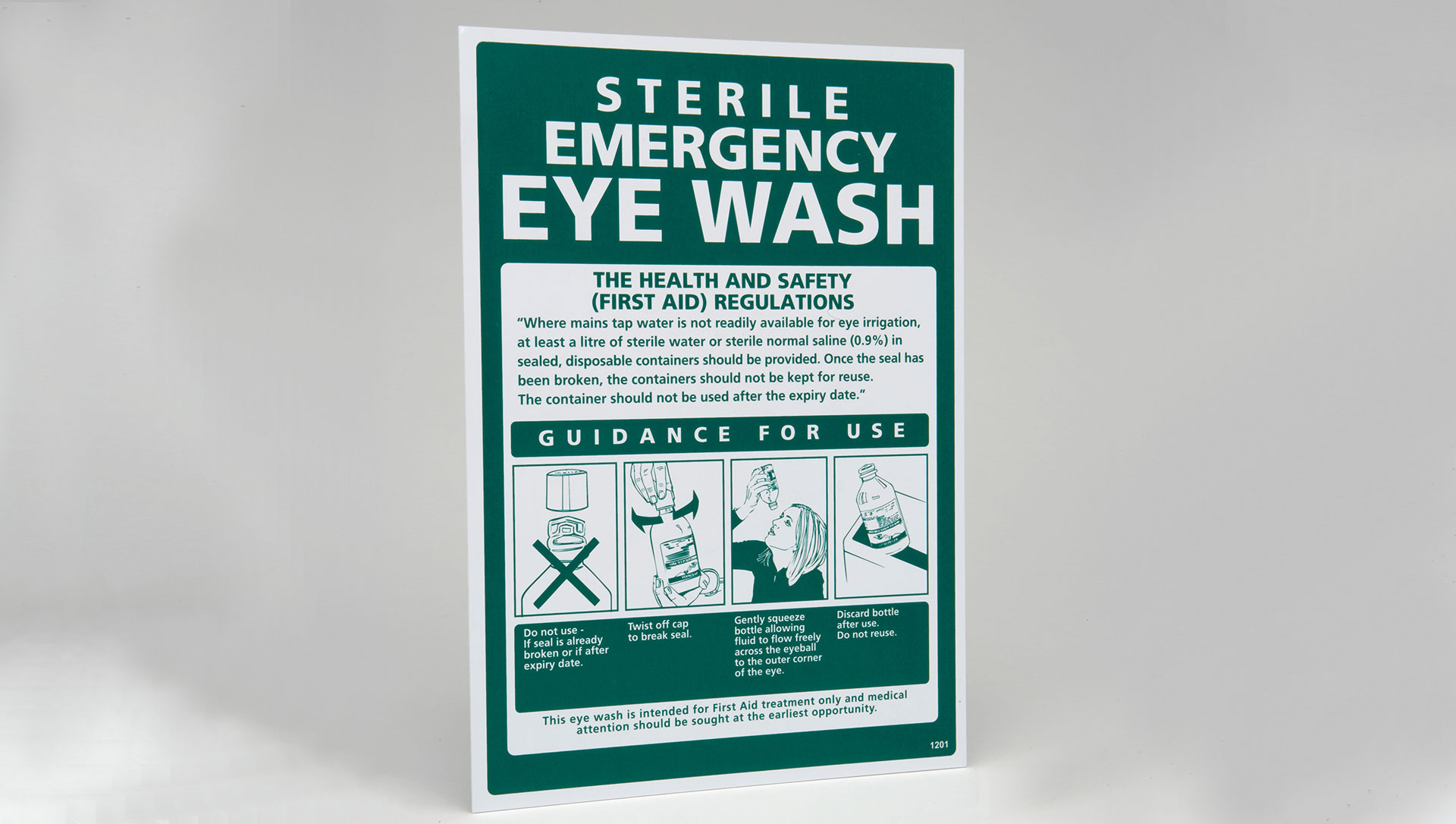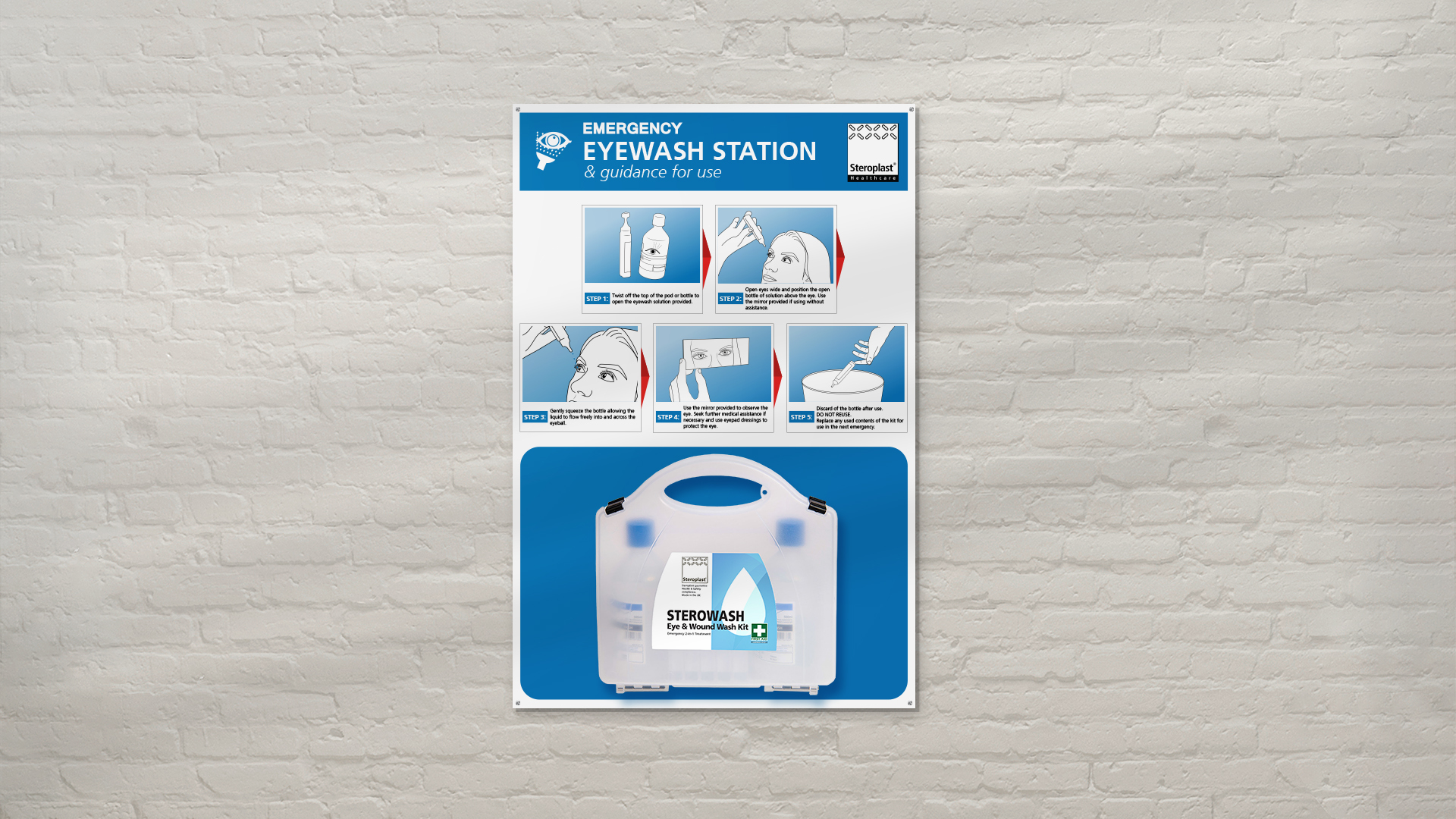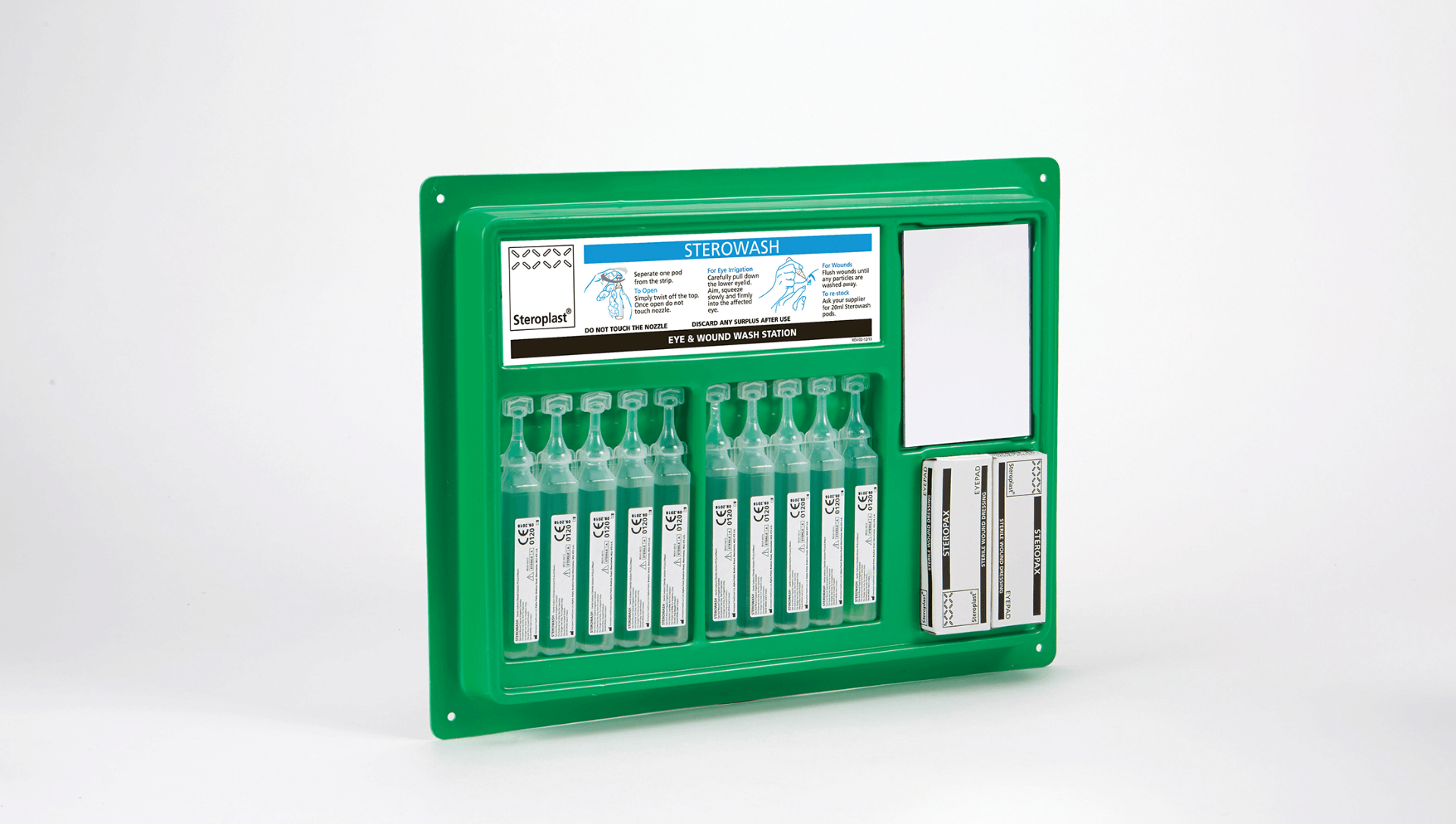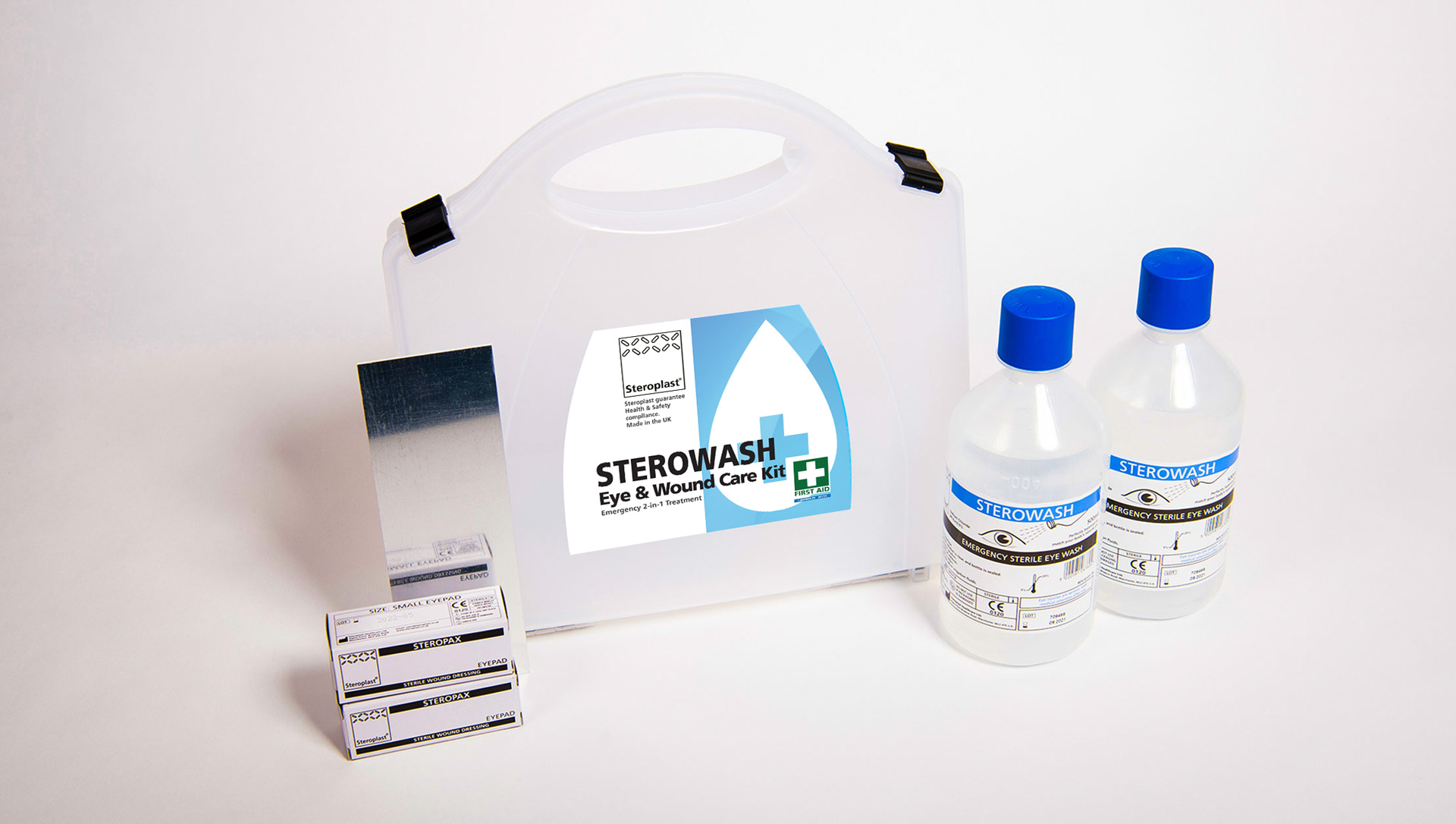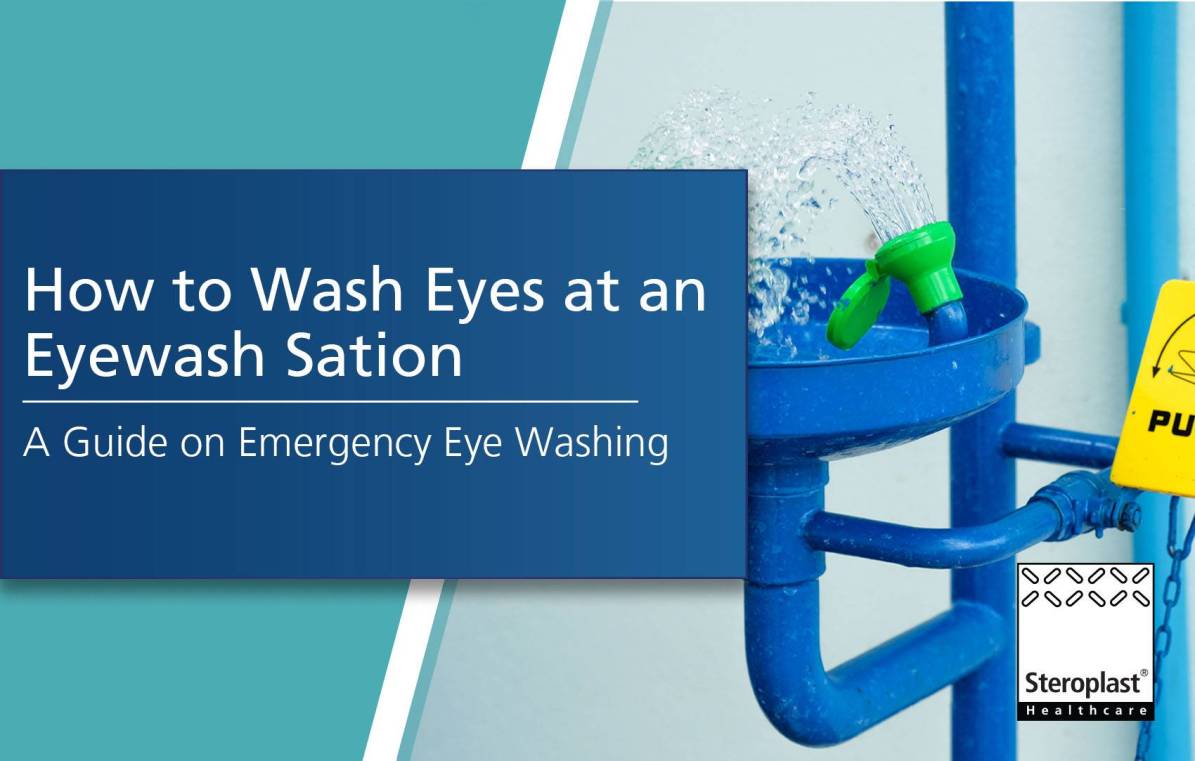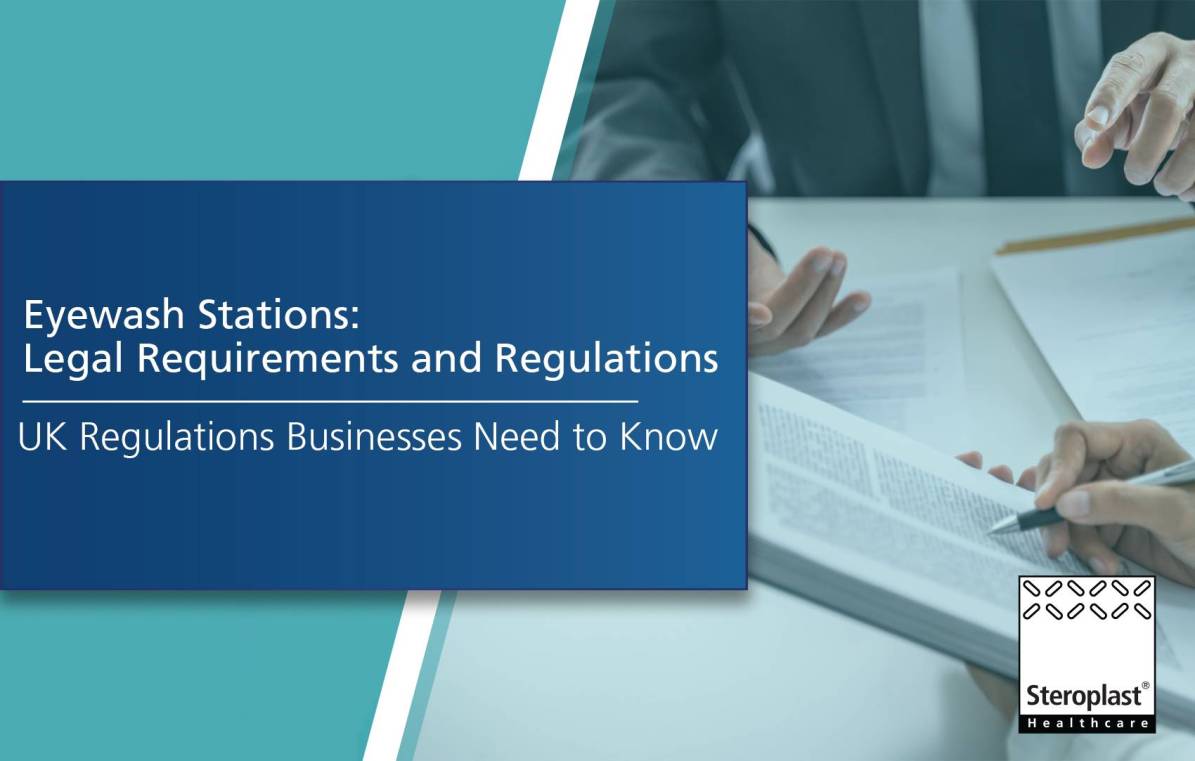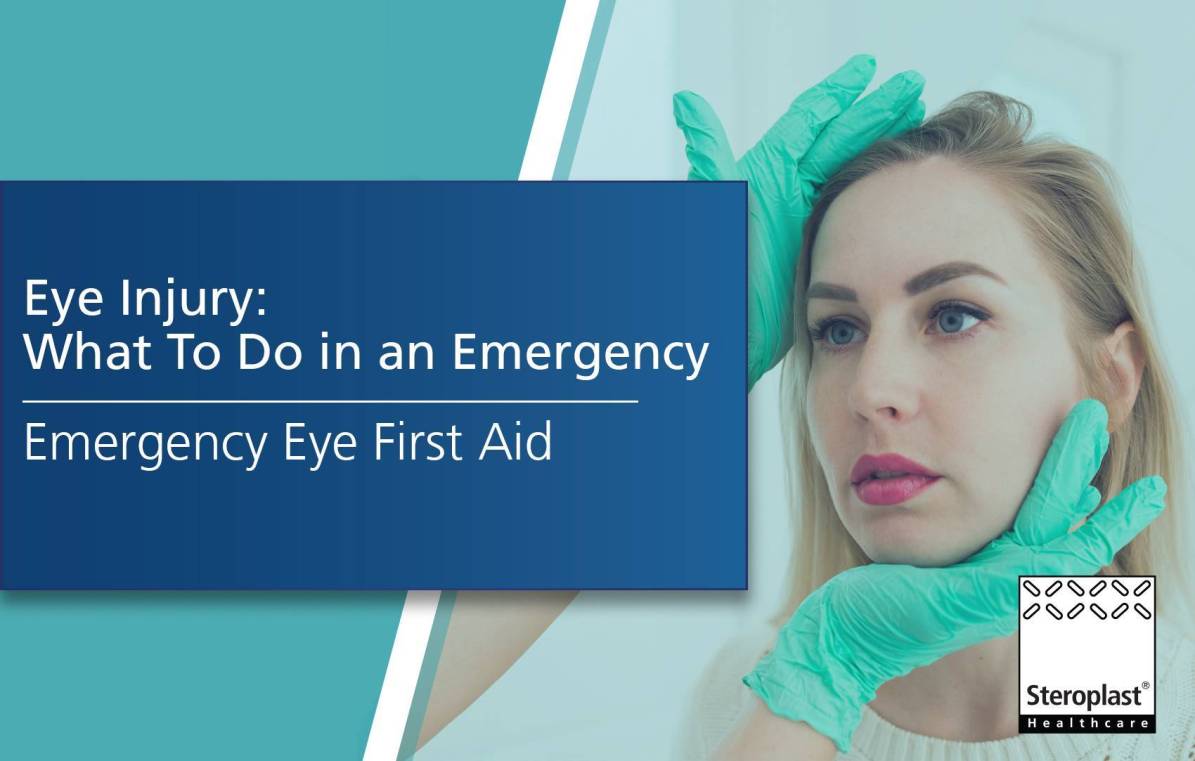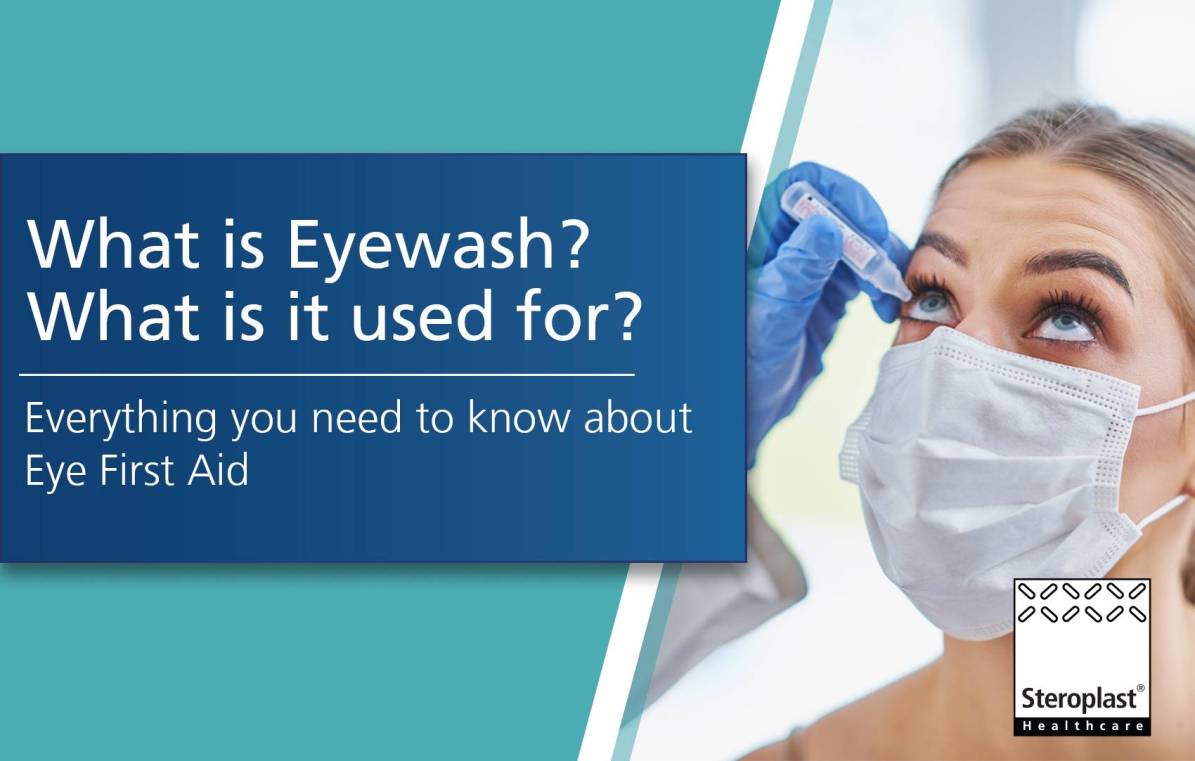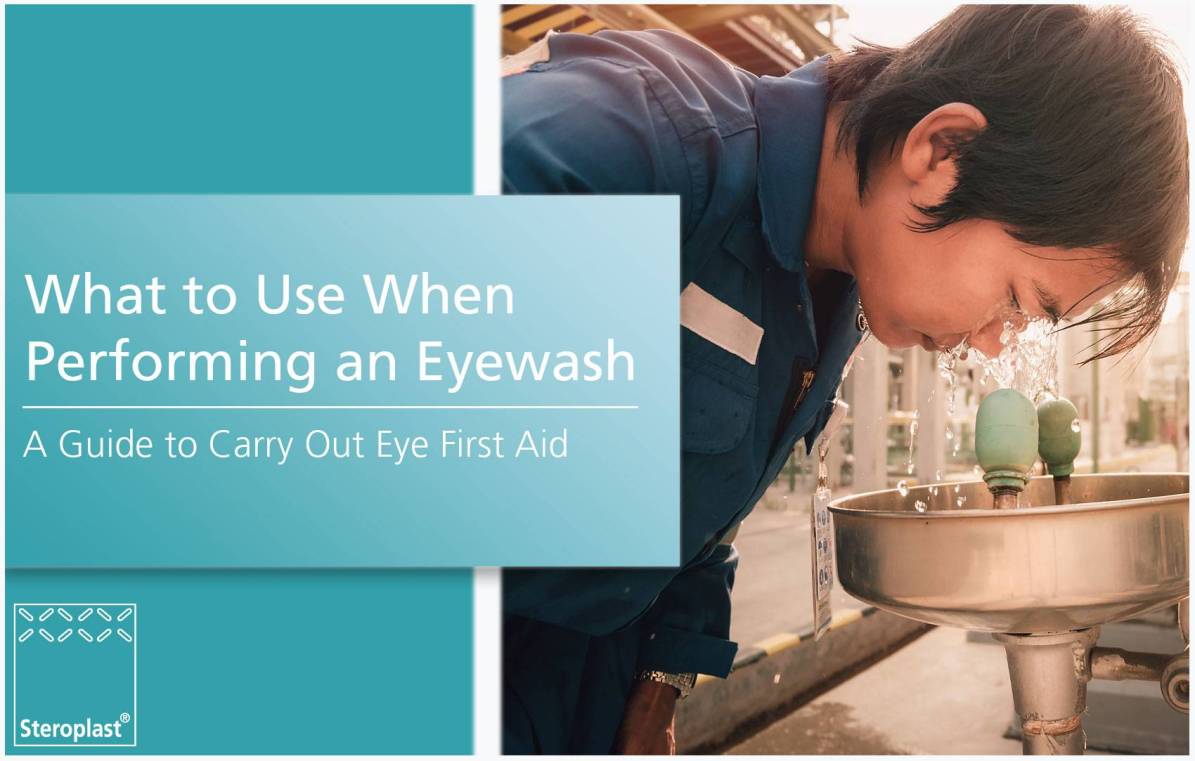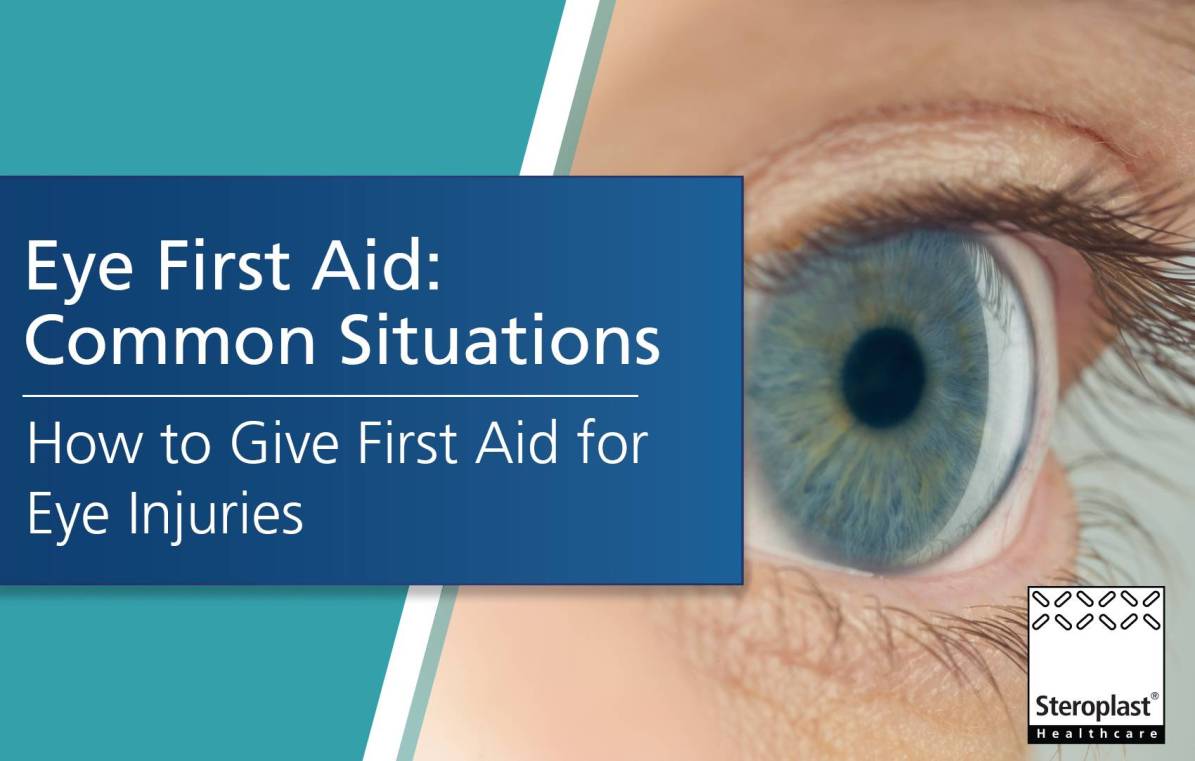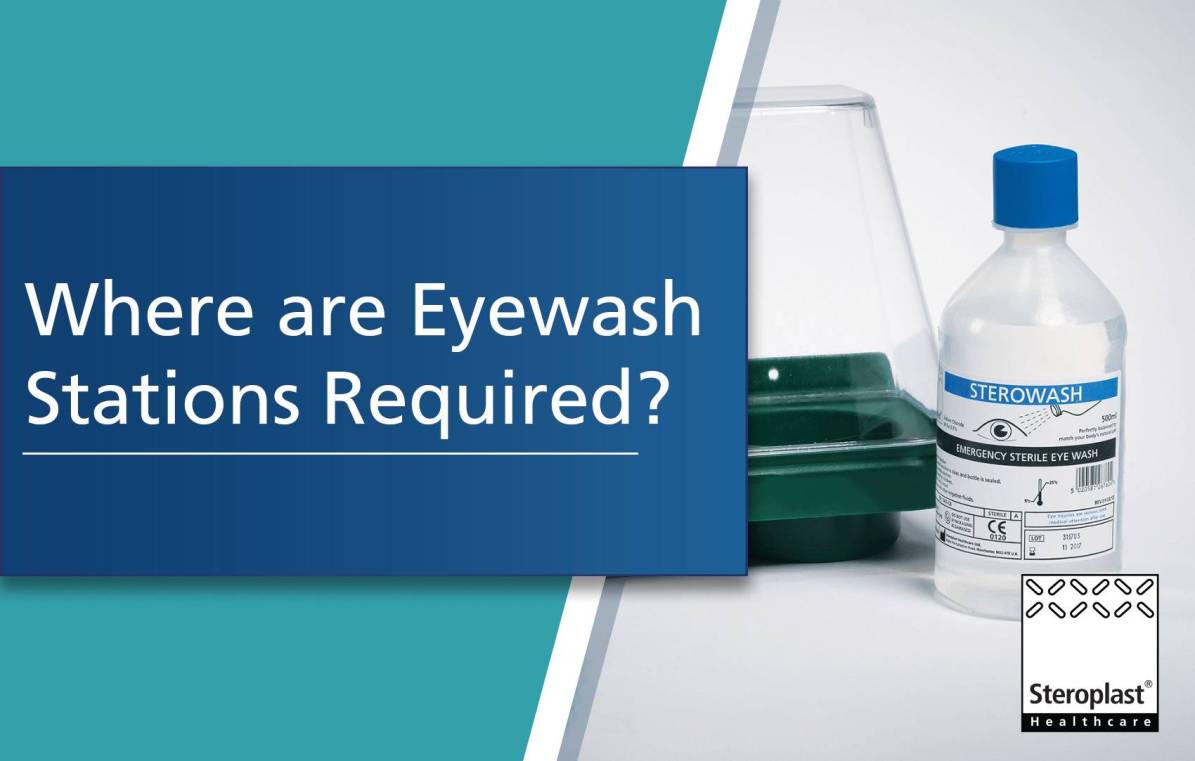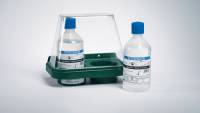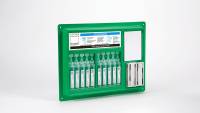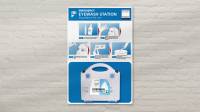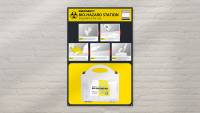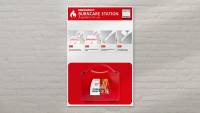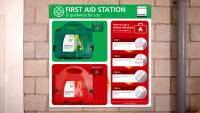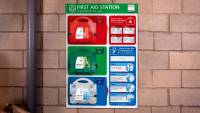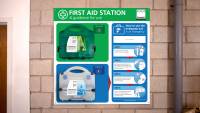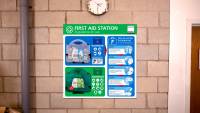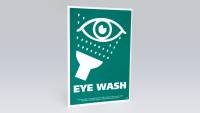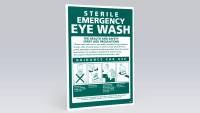Eyewash Stations: Resources for Businesses
With proper training and PPE, workers’ eyes are protected from all the potential hazards of the working environment. But the risk of an accident is never zero. Over 2021, RIDDOR received reports of 814 non-fatal eye injuries from businesses in the UK, and while eye injuries might not be fatal, they can cause serious harm if not dealt with quickly and correctly.
Business owners have a ‘duty of care’ to put measures in place that protect their staff from harm. If your business is found to lack eyecare provisions where needed, you could face a fine or even prosecution. Don’t wait until it’s too late to find out you don’t have the right eye first aid supplies. Read this guide to find out how to comply with UK first aid regulations and keep your staff safe, including a printable eyewash station checklist and eyewash checklist tags.
Don’t wait until it’s too late to find out you don’t have the right eye first aid supplies. Read this guide to find out how to comply with UK first aid regulations and keep your staff safe, including a printable eyewash station checklist and eyewash checklist tags.
About Eyewash
Eyewash is a sterile solution that is used to rinse the eyes of contaminants. It is most often made from sterile saline solution at a concentration of 0.9% w/v. This means that the solution will not affect the body by either drawing out moisture or causing irritation through absorption.
Its gentleness on the body is why saline solution is the preferred option of many different businesses. Businesses also choose eyewash solution over tap water because in sealed bottles it is guaranteed to be sterile and free from potentially harmful bacteria (that may exist in stagnant water in plumbed eyewash nozzles).
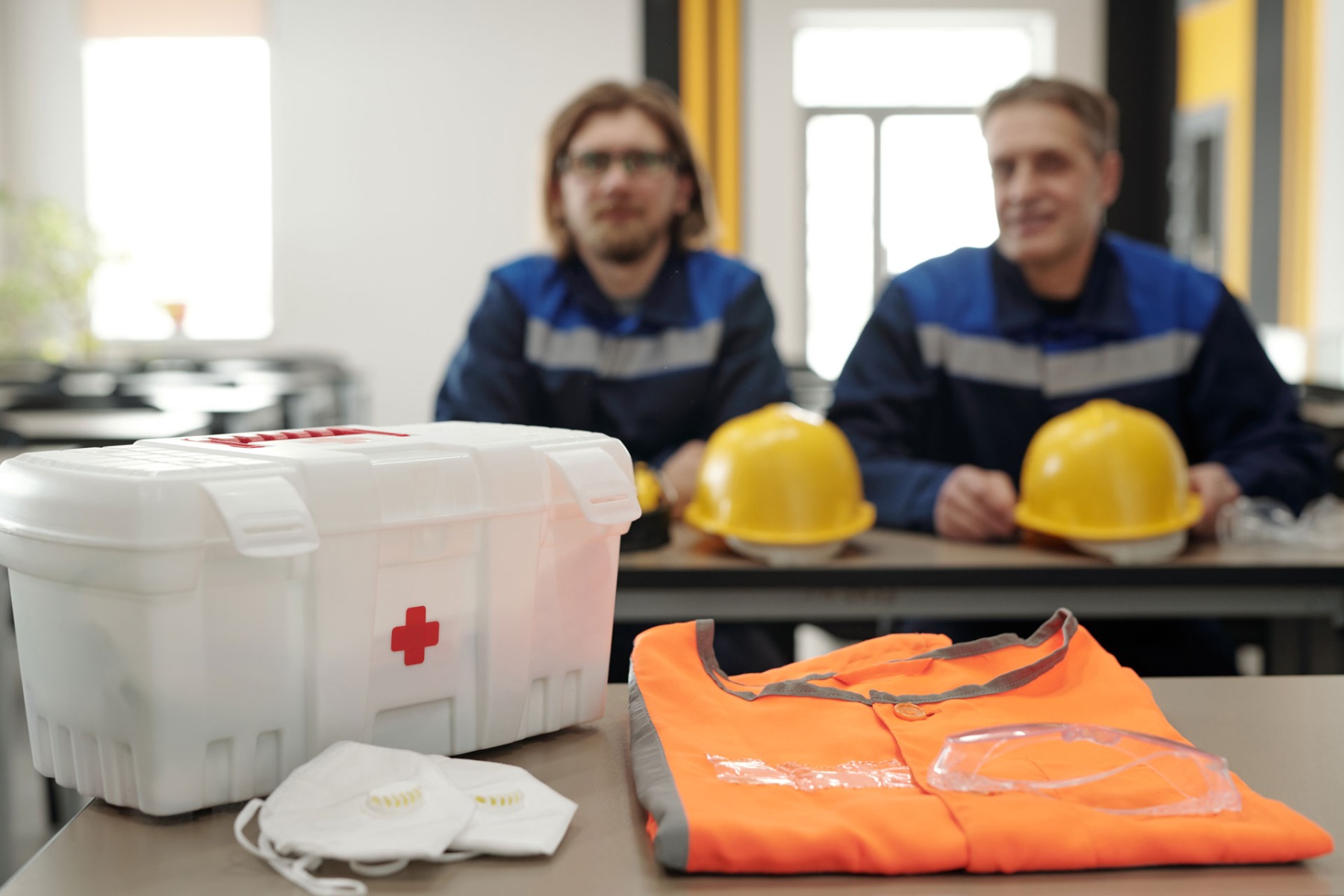
Guidance on Eye First Aid
Supplying your staff with first aid provisions isn’t enough to ensure they’re ready when an accident occurs. Thorough and ongoing training, with regular access to training materials is as important to ensure they are confident, prepared, and forthcoming with help if a teammate gets injured.
There’s no limit to how much first aid training you need to provide or how many members of staff need first aid training, this will all depend on your risk assessment and how much you determine necessary. However, the HSE states that the minimum requirements of businesses are:
- “An appointed person or people to take charge of first aid arrangements”
- “Information for all employees telling them about first aid arrangements”
While not all members of staff are likely to require formal first aid training, everyone should be aware of basic emergency procedures. This means that no matter who is present and who becomes injured, team members will have the fundamental training to help.
You can help your staff learn and feel familiar with emergency procedures by:
- Holding training sessions.
- Carrying out drills.
- Providing training materials for them to read or watch.
- Putting up posters and signs to remind them of what to do.
Read our guides below on eye injury first aid and how to use an eyewash station and share them with your staff.
You can also download our step-by-step instructions on how to use a portable eyewash station and keep them together with your first aid supplies so they’re easy to find and follow.
Read our guides below on eye injury first aid and how to use an eyewash station and share them with your staff.
- How to Wash Eyes at an Eyewash Station
- Eye Injury First Aid: What to do in an Emergency
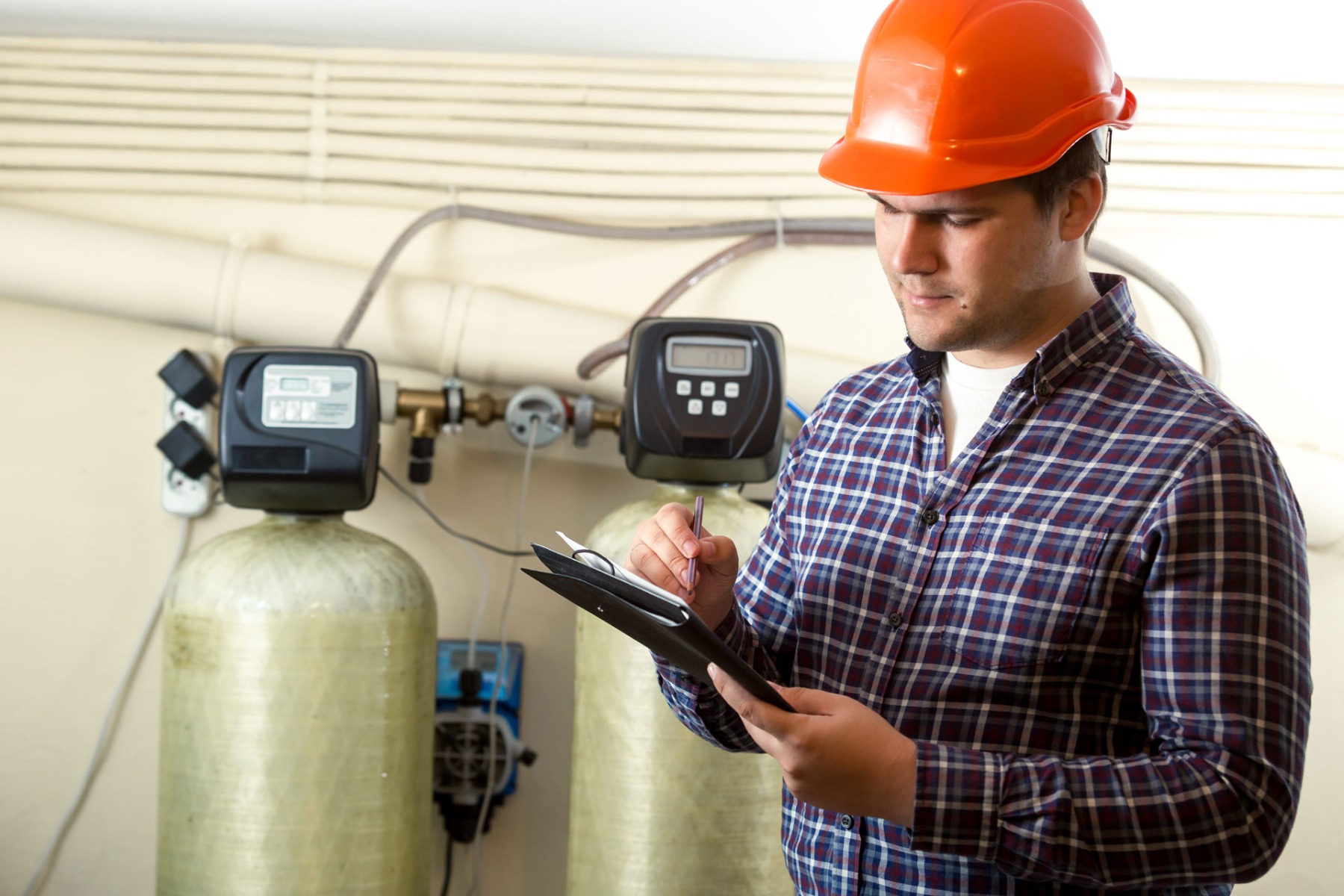
UK Regulations and Laws on Eye First Aid
All UK businesses have a duty of care under the Health and Safety (First-Aid) Regulations 1981 to provide access to first aid provisions and training that ensure all individuals who interact with the business are safe from harm. The Management of Health and Safety at Work Regulations 1999 requires risk assessments to be carried out to determine precisely what measures need to be put in place.
Exactly where eyewash stations should be installed depends on the risks in the surrounding environment. Your risk assessment will tell you whether you need to install eye first aid supplies. If so, the HSE guidance on eyewash stations is:
"If mains tap water is not readily available for eye irritation, at least a litre of sterile water or saline (0.9% w/v) in sealed, disposable containers should be provided. Once the seal has been broken, the containers should not be kept for reuse. The container should not be used after the expiry date."
Emergency Eyewash Station Inspection Checklist
An emergency eyewash station weekly inspection checklist is necessary to ensure your eye first aid facilities are always in good working condition and ready to be used at all times. A yearly or monthly eyewash station inspection sheet can also be used for more in-depth inspections.
Plumbed Eyewash Station Checklist
The ANSI Z358.1-2014 guidelines outline what should be included in a regular plumbed eyewash station inspection log.
Annual Checks:
- Inspect eyewash units for compliance with ANSI Z358.1 standard.
- Check eyewash station(s) is a 10-second walking distance from all sites of potential eye injury.
Weekly Checks:
Portable Eyewash Station Inspection Checklist
The Health and Safety (First-Aid) Regulations 1981 sets out guidance on what to include in a portable eyewash station inspection template:
Annual:
- Check eyewash station(s) is a 10-second walking distance from all sites of potential eye injury.
Weekly Checks:
Eye Wash Station Sign
Use an eyewash sign to help people locate the eyewash station in an emergency. Eyewash signs are usually white on a green background with an eyewash symbol. Our Steroplast Eyewash Station Sign looks like this too so it is easily recogniseable and understandable.
The eyewash safety sign should be large enough to clearly see from a distance. Our sign is 20.9cm x 29.7cm, similar to the dimensions of an A4 sheet of paper.
Putting up an eyewash station poster on the wall next to your eyewash station is a good way to remind staff of how to perform an eyewash procedure at a critical moment. A sign like our Eyewash Guidance Sign comes in a similar style to the eyewash bottle sign so it can be easily identified. It shows simple instructions with images that clearly demonstrate how to perform an eyewash.
Eyecare Supplies for Businesses
At Steroplast we stock all the eyecare first aid equipment you need as a business. Our products are designed to meet British Standards and HSE regulations and are selected for use in businesses from the healthcare to industrial sectors.
- Saline solution PH Eur 0.9% w/v is gentle on the eyes and does not cause irritation when absorbed by the body, making an eyewash easier and more comfortable to perform.
- Sealed bottles stay sterile until use, no need to spend time cleaning nozzles and no chance of bacterial contamination from water.
- Versatile for use in a range of emergencies
- Keeps your eyewash supplies accessible and in view
- Designed to help clean eyes from dangerous contaminants or chemicals quickly in an emergency
- Includes clear step-by-steop eyewash kit instructions
- Compliant with HSE ACOP L74 health and safety regulations, offering 1L of sterile saline (0.9% w/v) in two bottles.
- Comes with a small, shatterproof mirror and instructions installed for convenience.
- Lightweight design comes with pre-drilled holes for installation and recesses which hold eyewash bottles that can be easily grabbed.
- Versatile for use cleaning minor eye contaminations or wounds, with easily grabbable pods.
- Shatterproof mirror and instructions mean the station can be easily used by an injured person. Also comes with two eye dressings.
- Pre-drilled holes mean the station can be easily installed. Recesses securely hold each individual pod which can be replaced and refilled.
- HSE ACOP L74 health and safety compliant with additional eyewash, eye pads, and instructions for use.
- Durable box can be wall-mounted or stored as additional eyecare supplies and transported easily.
- Case keeps eyecare supplies clean, protected, and dust-free.
Visit our
Interactive First Aid Guide
Demystify workplace first aid & find out exactly what your business needs.
Please enter your details into the form below along with any questions or comments and a member of our team will be happy to provide you with more information:
